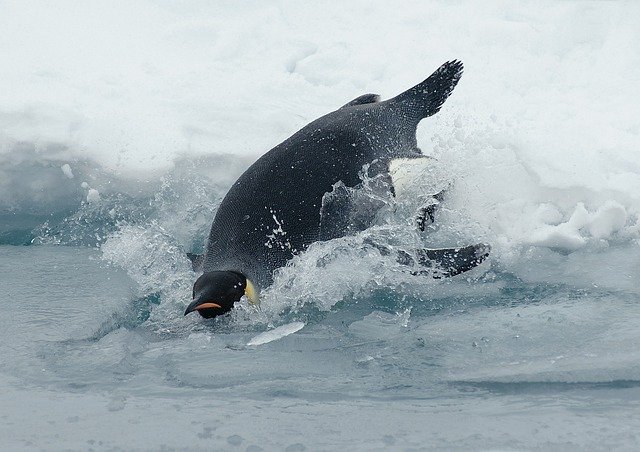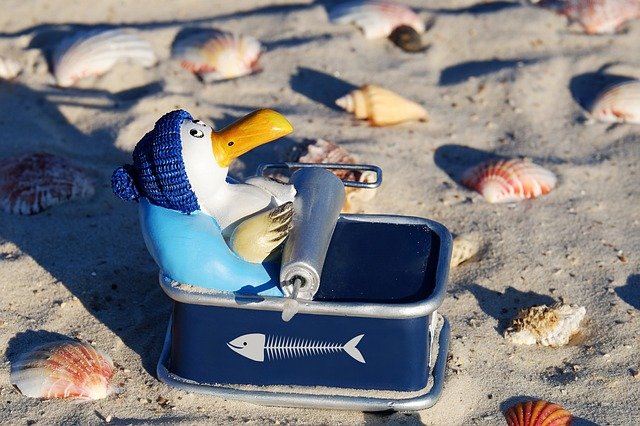
The Secret Social Lives of Penguins: How These Birds Build Community and Relationships
When we think of penguins, images of these charming birds waddling across icy landscapes often come to mind. However, beneath their adorable exterior lies a complex social structure that reveals the fascinating ways in which penguins build community and forge relationships.
The Social Structure of Penguin Colonies
Penguins are inherently social creatures, often living in large colonies that can number in the thousands. These colonies provide safety in numbers, protecting them from predators and harsh environmental conditions. Within these colonies, penguins establish intricate social hierarchies and relationships that are essential for their survival and well-being.
Communication is Key
Penguins are known for their vocalizations, which play a crucial role in their social interactions. Each species has its unique calls, and individual penguins can recognize the voices of their mates and chicks amidst the cacophony of the colony. This ability to communicate effectively is vital during breeding season when parents must locate their partners and offspring in crowded nesting areas.
Bonding and Partnerships
Many penguin species, such as the Emperor and Adélie penguins, are monogamous for the breeding season, forming strong bonds with their partners. These relationships are not only romantic but also cooperative, as both parents share the responsibility of incubating eggs and feeding their chicks. The strength of these partnerships can significantly influence the survival of their offspring.
Social Grooming and Play
Social grooming, or allopreening, is another important aspect of penguin social life. Penguins spend time preening each other’s feathers, which helps maintain their waterproofing and strengthens social bonds. This behavior is particularly common among friends and mates, reinforcing connections within the colony.
Additionally, playful behavior is observed among penguins, especially younger individuals. Playful interactions help develop social skills and establish relationships, creating a sense of community and cooperation that extends beyond family units.
The Role of Hierarchy and Dominance
Like many social animals, penguins establish a hierarchy within their colonies. Dominance can be observed during feeding and mating, where more dominant individuals may have better access to resources. However, this hierarchy is not rigid; penguins can shift roles based on context, allowing for a dynamic social environment.
Cooperation and Conflict Resolution
While competition exists, penguins also display cooperative behaviors. For example, they may work together to protect their young from predators or help each other find food. In cases of conflict, penguins often engage in ritualized displays rather than physical confrontations, allowing them to resolve disputes while minimizing harm.
Conclusion
The social lives of penguins are rich and complex, revealing a side of these birds that goes beyond their iconic appearance. Their ability to communicate, bond, and cooperate within their colonies showcases the importance of community in the animal kingdom. As we continue to study these fascinating birds, we gain deeper insights into the intricate social dynamics that define their lives and the essential role they play in their ecosystems.
By understanding the secret social lives of penguins, we can appreciate not only their unique behaviors but also the broader implications for social structures in the animal world. Next time you see a penguin, remember that there’s much more to their story than meets the eye!
